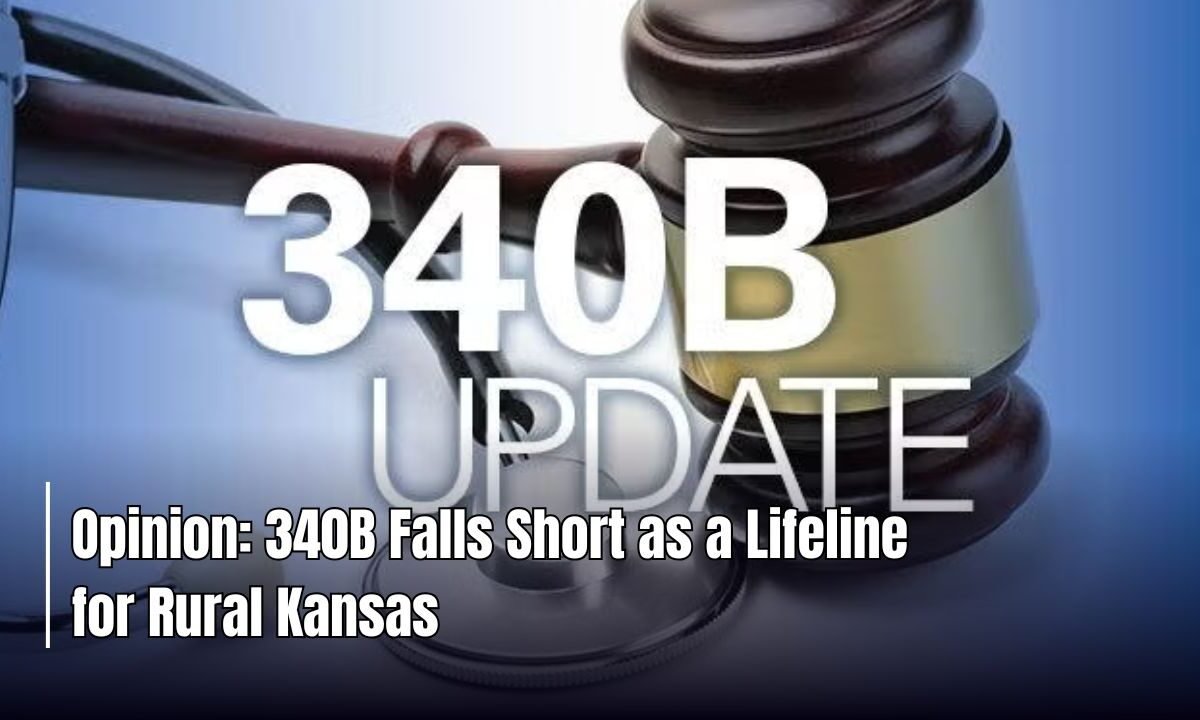The Kansas Legislature is reviewing Senate Bill 284 (SB 284), which is promoted as a way to strengthen rural hospitals and support underserved communities. While the intention may sound noble, the facts reveal a very different reality.
Instead of helping small rural facilities, the 340B program is largely exploited by wealthy urban hospitals that reap the most financial benefits.
What Is the 340B Program?
Enacted by Congress in 1992, the 340B program was designed to require pharmaceutical companies to provide discounted drugs to rural hospitals. The goal was simple: to ensure that low-income patients in rural areas could access life-saving medicines and treatment.
However, over time, federal court rulings and policy changes under CMS during the Obama administration shifted the balance. The main winners are now large urban hospitals that have learned to exploit regulatory loopholes.
How Urban Hospitals Exploit 340B
Many large hospitals have secured dual classifications as both urban and rural. This strategy allows them to:
- Qualify for Medicaid reimbursements intended for rural facilities.
- Access 340B drug discounts while serving primarily urban populations.
The growth of this practice has been staggering. A Health Affairs study found that from 2017 to 2023, the number of urban hospitals dually classified as rural skyrocketed from 3 to 425.
Revenue Captured by Big Hospitals
The biggest beneficiaries are Rural Referral Centers (RRCs) like the University of Kansas Hospital. Key statistics show how the system favors them:
| Category | Growth/Revenue | Details |
|---|---|---|
| Increase in discounted drug sales to RRCs | 405% since 2017 | Driven by larger patient volumes and higher margins per prescription |
| 2022 RRC purchases | $1.3 billion | From just 13 RRC hospitals |
| Share of total 340B revenue (2024) | 80% held by large hospitals | Rural hospitals write 20% of prescriptions but earn only 9% of revenue |
Smaller rural hospitals often struggle with high administrative costs and lack bargaining power against large pharmacy chains that dominate the sector.
Rural Hospitals Still Closing
Contrary to its purpose, the 340B program has accelerated consolidation of hospital systems. Large hospitals absorb smaller facilities or force them out, leaving rural communities vulnerable. In the last two decades, nearly 200 rural hospitals have shut down, despite being eligible for 340B discounts.
This has deprived remote areas of critical healthcare access and undermined federal efforts to preserve community health infrastructure.
A New Approach: Rural Health Transformation Program
Relief may come through the One Big Beautiful Bill’s Rural Health Transformation Program, which pledges $50 billion over the next five years to support rural healthcare. This initiative, in partnership with CMS, seeks to:
- Provide long-term sustainability to rural hospitals.
- Avoid flawed reimbursement models that fail to account for low patient counts.
- Ensure funding reaches the most deserving communities, not the politically connected.
The 340B program has failed to live up to its promise. Instead of bolstering rural healthcare, it has become a financial engine for large urban hospitals. Kansas lawmakers and leaders nationwide must focus on transparent, effective reforms that truly serve rural communities.
Programs like the Rural Health Transformation Program present a more promising path, ensuring that resources flow where they are genuinely needed rather than being absorbed by powerful hospital networks and big pharmacy chains.




